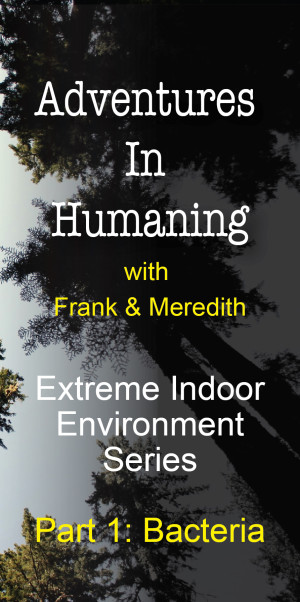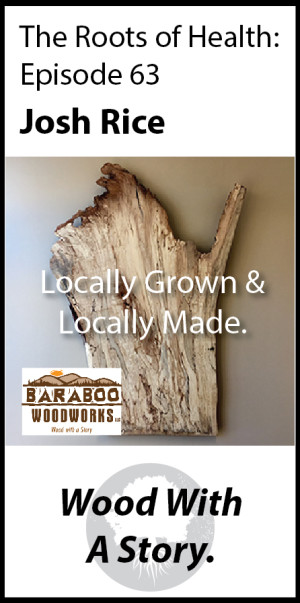 This week, we delve deep into an interesting topic. We challenge you to expand your definition of what you consider to be an extreme environment.
This week, we delve deep into an interesting topic. We challenge you to expand your definition of what you consider to be an extreme environment.
Normally, we consider extreme environments to be those that test the very limits of human survivability. We take this perspective, twist it around, and pose a new question. What if the environment that we normally consider most safe, docile and mundane, is actually the most extreme environment?
We are talking about our modern, updated, sterile, climate controlled homes. Our artificially lit, heated, cooled, cleaned manufactured and furnished home environment.
We encourage you to join us, in this meandering conversation with an open mind and a curious spirit.
Join the conversation on Twitter on Facebook or carrier pigeon. I think Frank would dig that.
Here are the show notes, references, and other tomfoolery:
In case you were wondering about our intro… Cats purr, a biological explanation
Extreme environments that bacteria live in:
- Mid ocean ridges
- hydrothermal vents
- 7 miles deep into the crust of the Earth
- http://www.bbc.com/news/science-environment-23855436
- Algae, Bacteria that live in ice
- High altitude bacteria. Top of Himalaya Mountains
- Hot Springs
- Bacteria in unprotected outer space
“You adapt to what you do physically 100% of the time” ~Katy Bowman
How hospitals create superbugs.
Are we inadvertently suporting an environment where we create a catalyst for superbugs?
Geologic time scale perspective.
We have a long-standing relationship with bacteria.
The microbiome and clothes…
- How is the ecosystem and the microbiome of our skin affected by the clothes we wear.
- Bacterial exchange in washing machines… yep.
- Natural vs. Synthetic clothes and odor…
- The sun – maybe not so much a ‘natural disinfectant’ so much so as the environment outside is a bacterial re-balancer.
Infrared and ultraviolet disinfecting and or cleansing effect on bacteria, skin water bottling.
The dangers of over washing And over sanitizing your hands
The story of the doctor and the handwashing fad.
Soil based probiotics – Megaspore probiotic.
Bacteria spray for litter boxes. Mother dirt?
Polyface farms and sustainable biomimicked agricultural systems
Conventional raised store-bought eggs the case for refrigeration.
If you like anything you heard here if it intrigued you, resonated with you, got you thinking changed your perspective where you found value in the information provided, or if it moved you in someway. Please give us the pleasure of a personal review and or rating and iTunes.
We may even read it on the podcast.
We would also like to encourage you to join the conversation get involved in the meandering discussion by way of social media whichever is your favorite.
We have Twitter
We have Facebook we will see you there.



